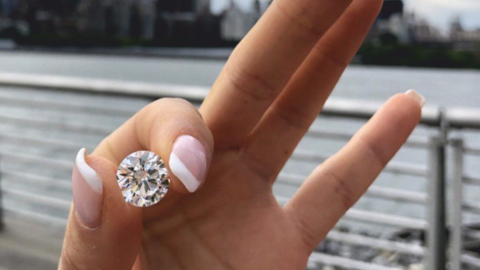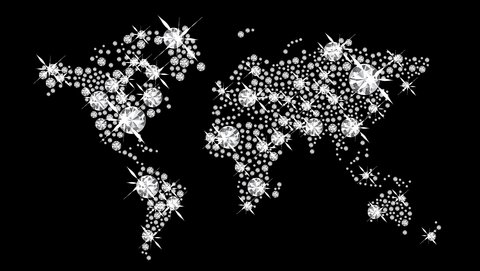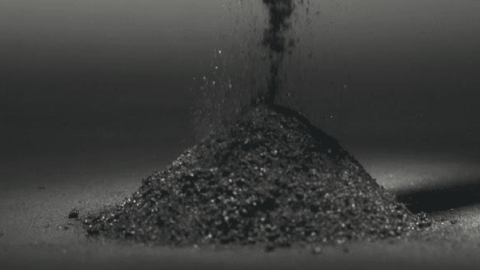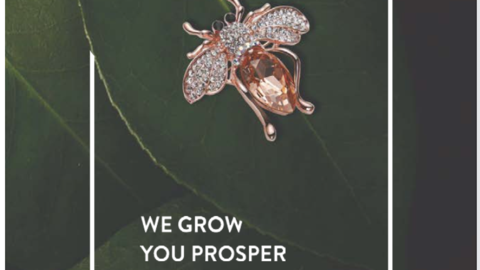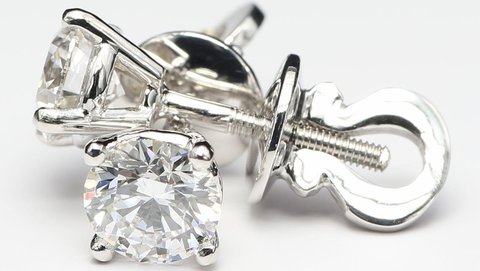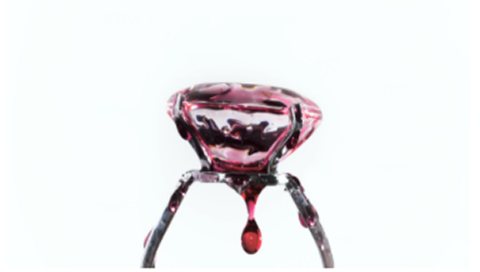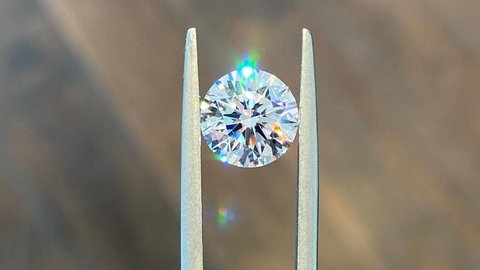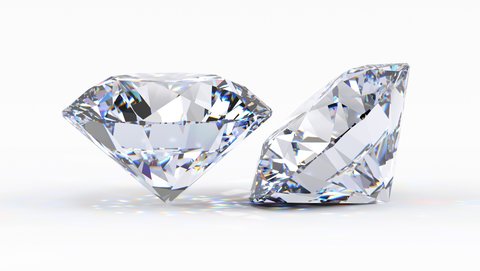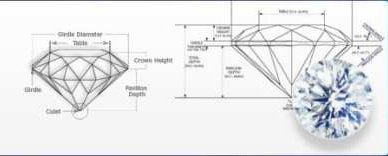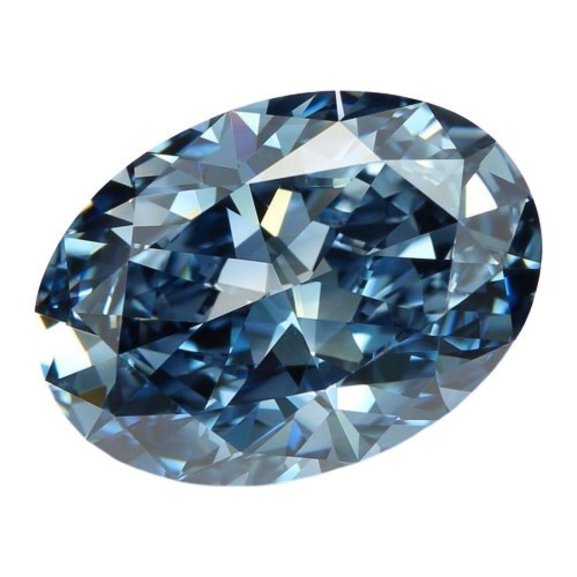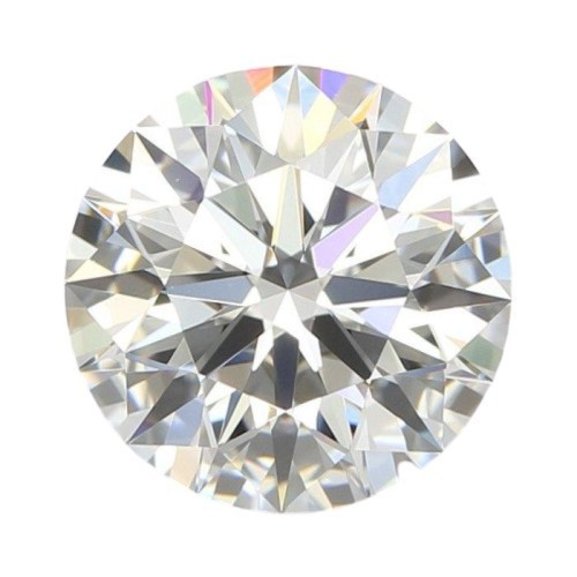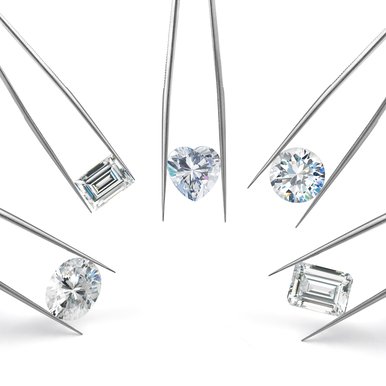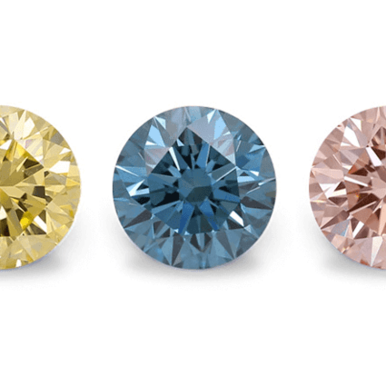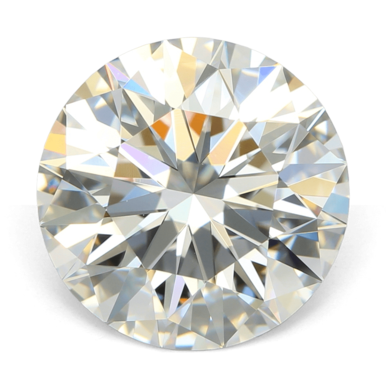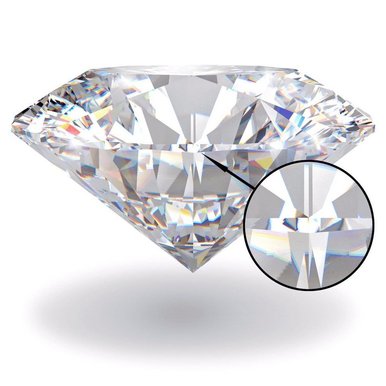Pricing and Value of Lab-Grown Diamonds
While lab-grown diamonds are identical to mined ones in all their properties, the pricing is significantly different. And to price diamonds people use Rapaport sheets. However, the Rapaport sheets are only used to simplify the negotiation process, and aren’t always the best tool. The price of a lab-grown diamond is less fixed, as recent years have seen considerable changes in the cost of a LGD. There is De Beers’ Lightbox, that markets selling lab-grown diamonds at a commodity pricing. There’s also no standardized system to help manage pricing of fancy colored lab-grown stones.
Usual pricing for CVD and HPHT is around 30-50% less than mined diamonds, depending on shape, weight, color and clarity. CVD tends to cost less than HPHT due to the HPHT treatment.
Some manufacturers are trying to grow their stones as fast as possible for money reasons. If you grow a stone in a CVD chamber faster than it should be grown, you can reduce the amount of needed energy. However this may lead to dislocations which cause greyish tint.
After that this CVD rough is being put in HPHT press to improve its color.
Even if color is improved let's say from I to G greyish tint will still be there.
So if you will compare treated and non treated stones of the same color, treated will be less shiny. It will have less fire, less brilliance. You can say it will look “dead” in comparison to properly grown stone.
Also pricing really differs for fancy shape stones.
Some shapes are really rare, some are hard to cut and for some of the stones the demand is really high.
This causes a different cost for each type of cut.
For example you can cut your rough for 1ct Round diamond, or you can have approximately only 0.65ct Oval from the same rough. That's why pricing is different from one type of cut to another.


